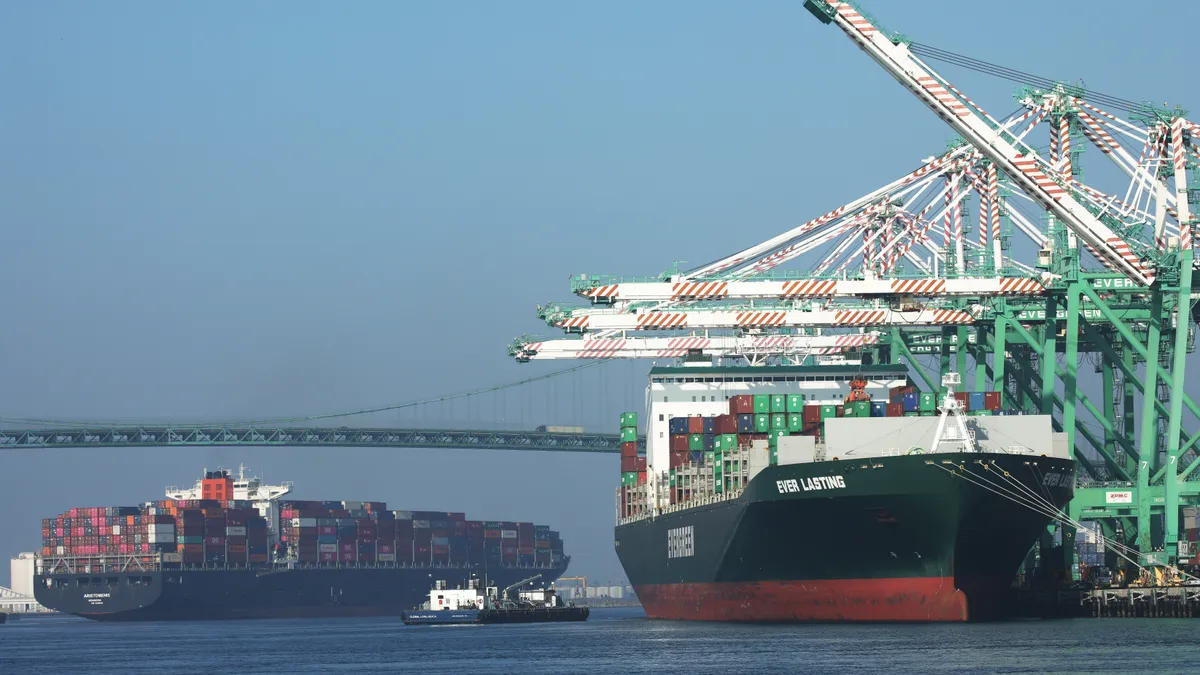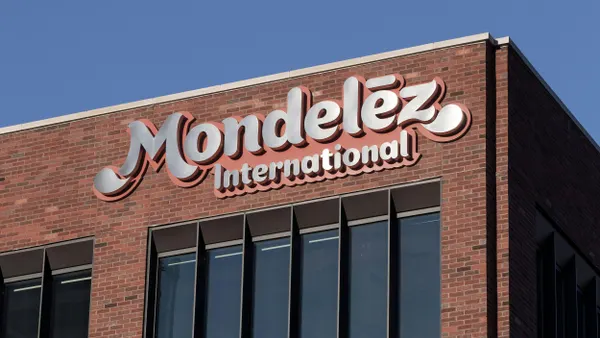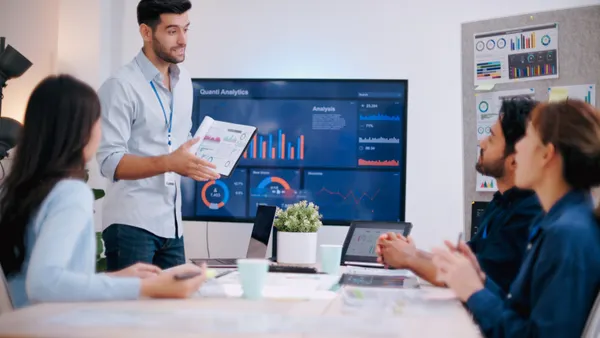Modernizing any company's enterprise resource planning (ERP) system can be a difficult, costly and tedious task. That's especially true for older companies with custom-built and entrenched legacy systems, or for those that have made acquisitions and haven't touched the acquired ERP systems yet.
But businesses that fail to make transformations are already falling behind, and risk being surpassed entirely by their competitors if they don't change. That's especially true in procurement and supply-chain-related logistics right now.
"You're probably going to go out of business because you can't remain competitive, or you'll get gobbled up by somebody … You don't survive," said Peter Bolstorff, executive vice president of corporate development at the Association for Supply Chain Management.
A modern supply chain and procurement ERP can help enterprises cope with ongoing supply chain disruptions, allowing for a better understanding of where products are, where they might be and when, and how to set customer expectations.
ERP modernization is on the minds of CTOs — if not always the results
It's not that CTOs don't know legacy systems are falling behind; it's that they are struggling to keep up. In a recent Boomi survey of 1,675 CTOs and enterprise architects, 94% said that they're embracing composable enterprise resource planning to modernize legacy technology, but more than half report project failure.
Budget constraints (38%), complex hybrid IT environments (37%) and process roadblocks related to legacy technology (35%) are obstructing modernization, the survey found.
However, those companies that started to modernize their ERP before the pandemic are pulling ahead. They have "been able to pull in macro-level demand data and were able to sense the pandemic earlier and utilize those tools to balance supply and demand faster," said Bolstorff. "When we think about strategic resilience, these leaders have already started working on the next wave of 'things I have to do.'"
Modernized ERP to combat supply chain woes
Levi Strauss & Co. is one of those companies. The clothing company started its ERP transformation in 2018, building a team of business and information technology professionals who "set a globally aligned process that could be deployed in a single cloud-based environment that will both enable speed and agility as well as real-time insights into our transactional systems," Christopher Conrad, vice president of global business transformation at Levi Strauss, wrote in an email.
The company began its migration in 2019, followed by its first major deployment in late 2020 and a second one in late 2021.
A modernized ERP is helping the company mitigate supply chain problems through "access to real-time data," Conrad said. Understanding where products currently are lets the company forecast where they will be.
"From there, you can have transparent and honest conversations with the business and your customers around product availability and status. It helps inform decisions and solutions to keep the business moving forward," he said.
This kind of modernization at a company the size of Levi Strauss is not "an overnight process," Conrad said. "While we're eager to reach the finish line, we need to ensure we deploy it in a strategic and methodological way." He considers this an ongoing learning process "where we can grow the platform alongside the business."
The business case for modernized ERP right now
For companies that weren't already making an ERP modernization before the pandemic, starting now can be difficult, and expensive. "It's hard to focus on making a transformation in the middle of a firefight," said Lydon Neumann, vice president at Impact Advisors, which works with healthcare clients.
However, he's seen increased demand for his services as healthcare organizations hit the wall with their legacy systems, and with ERPs that can't adapt to ever-changing circumstances and supply chain disruptions.
A problem with waiting to start, he said, is that "the competition to get [ERP] systems is fierce," and he expects it to get worse as more companies decide to finally forge ahead.
"The vendors are struggling with demand and there aren't enough people on the vendor side and not enough people on the client side to make these transitions," Neumann said.













